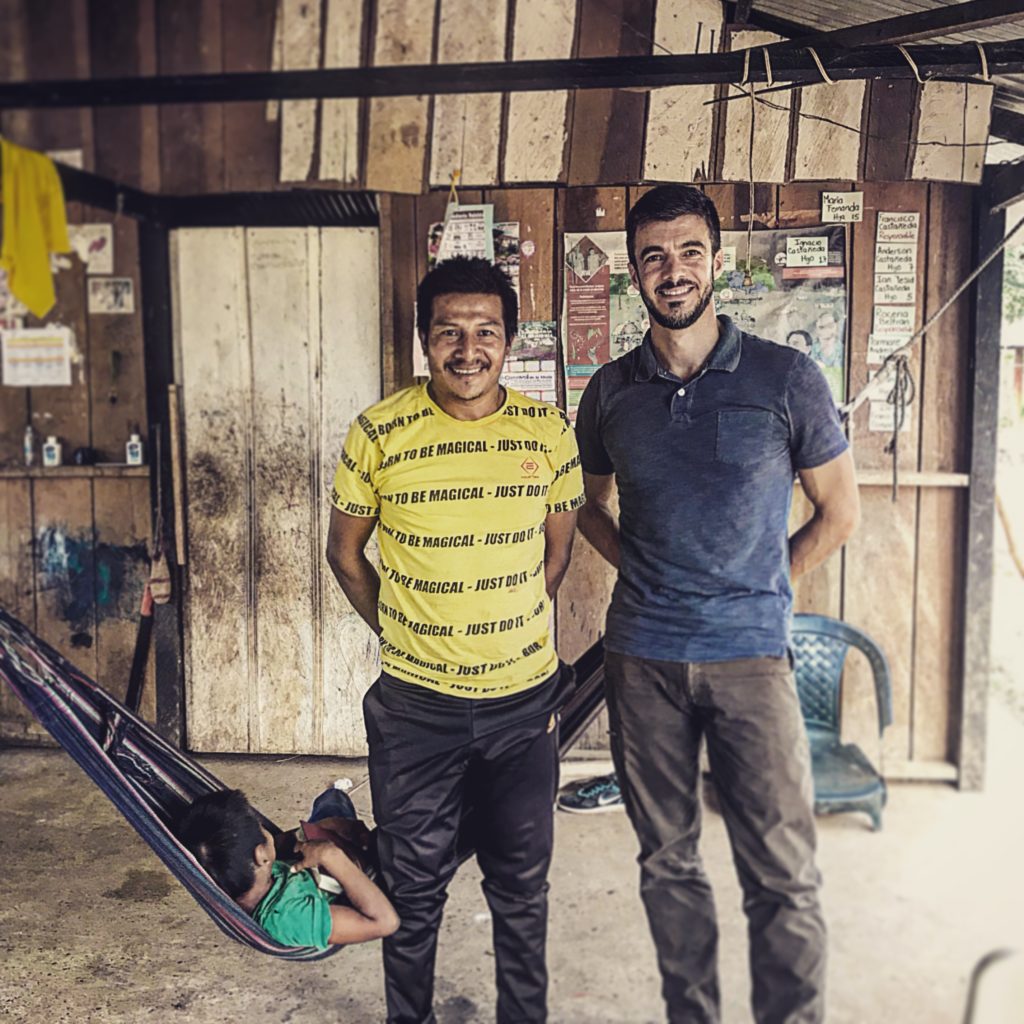
For three weeks in February, we worked an intense schedule with our team in Colombia to complete the first phase of a nation-wide survey of that country’s tribal groups. About twice the size of the state of Texas, Colombia is divided into six distinct geographic regions. Of these, in February alone, we traveled into the Andes Mountains, the eastern Orinoco Plains (or Llano), and along the northern fringe of the Amazon jungle. Depending on the source, there are between 100-105 tribes in Colombia. So far, we have interviewed key leaders from 12 of these tribes. In the process we have gained valuable insights into the presence and effectiveness of the local church, access to Biblical resources and training, influence and pressures from cults, data about literacy and language usage, and previously unknown issues of conflict and potential interethnic divisions. The really difficult work is yet to come. Many of Colombia’s tribes reside in very remote regions of the jungle or mountains, and/or situated in hotbeds of illicit drug production and trafficking. Heavy presence of guerrilla insurgents and illegal paramilitary forces is common in these areas. Because indigenous missionaries have greater range of freedom to travel in regions such as these where foreigners and non-indigenous nationals do not, we focus on equipping them to do most of this field work. Decades of prolonged conflict across Colombia has made it the country with the world’s highest number of internally displaced peoples (IDPs). Many IDPs are themselves indigenous who fled to cities to escape the sweeping violence. As our survey teams eventually assess the tribes remotely scattered across the countryside, we plan to also conduct separate investigations among urbanized indigenous communities.
